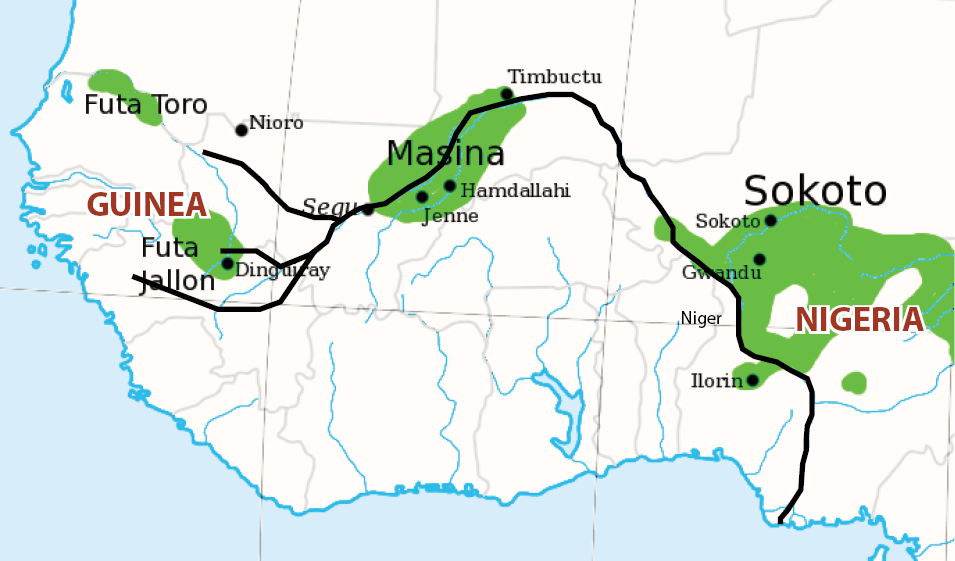Nigeria’s power boost: What have the rains got to do with it?
It is very easy for some Nigerians to think that because the rainy season is here again, the improvement on electricity supply in the country owes its credit to increased water levels in Nigeria’s hydroelectric dams. Nigerians have held this age-old misconception that during the rains, the waters around our hydroelectric dams are at peak, […]

It is very easy for some Nigerians to think that because the rainy season is here again, the improvement on electricity supply in the country owes its credit to increased water levels in Nigeria’s hydroelectric dams. Nigerians have held this age-old misconception that during the rains, the waters around our hydroelectric dams are at peak, so these rotates the turbines much more effectively, causing increased electricity. By implication, some of us believe that during the dry season, there is a shortage of water around the dams, thus, less electricity. This ‘logic’ translates that more rain, more electricity, and less rain, less electricity!
But this is not the case. People must have been receptive to fabricated drivel, all along. The account that when there is rain there is more electricity is at the charitable best, silly. A thought like this reflects on one hand a one-dimensional grasp of hydrology (the scientific study of earth’s waters) and on the other hand a narrow sense of potamology (the study of rivers and the volume of water they carry). It, also, deduces a trivial knowledge of the regime of the Niger; that hosts Nigeria’s major hydroelectric dams.
A little lesson: The Niger is the third longest river in Africa. It rises from the Futa Jallon highlands in Guinea and flows a length of about 4200 kilometers before emptying in the Atlantic Ocean. The rains at the Futa Jallon that helps to amass an overabundant flood of Niger’s waters would not arrive Nigeria during the rains. The runoff reaches Nigeria six months later. In other words, the peak water level in Nigeria’s major hydroelectric dams is not realized during the rainy season owing to the long distant travel of water from the river’s source.
Therefore, the supply or lack thereof of electricity as a consumable commodity in Nigeria has nothing to do, for now, with the rainy season. It is one that has everything to do with the government’s unwillingness to provide it. If the government wants to provide electricity to Nigerians, they can do so with or without the rains.
If you visit any of Nigeria’s hydroelectric dams during the rainy seasons, chances are that you will notice that the dam’s spillways are closed. Did this give any clue? Yes! It means that the water levels in the dams are not at peak, deserving of a spillover.
Others argue that during the rains, the relatively low atmospheric temperature helps in electricity generation, transmission and distribution, far more than it would during the dry season under relatively hot weather conditions. Although the explanation might be technically acceptable, nevertheless, it may be understandably lacking. The countries of the Middle East experience excessively hot weather conditions, however, they generate ample electricity just like countries in Euro-America do, where sometimes temperatures are excessively low. So, ours is a pathetic situation which is traceable to government’s unwillingness.
For all its worth, it seems that corruption and corruption alone is responsible for Nigeria’s inadequate and instable power. We can remember how the Obasanjo administration was alleged to have ‘spent’ somewhere between 10 to 18 billion USD on electricity projects in Nigeria, and without substantial improvement in supply?
We can also remember how one of Obasanjo’s ministers claimed that the money spent was not 10 to 18 billion USD, but only 5 billion? Really? Perhaps my friend and mentor, the Vanderbilt University professor, Moses Ochonu, captured it more cleverly when he noted that 5 billion USD is the entire annual budget of some countries, yet in Nigeria, the figure is little more than an exculpatory rhetorical number summoned to minimize a crime.
